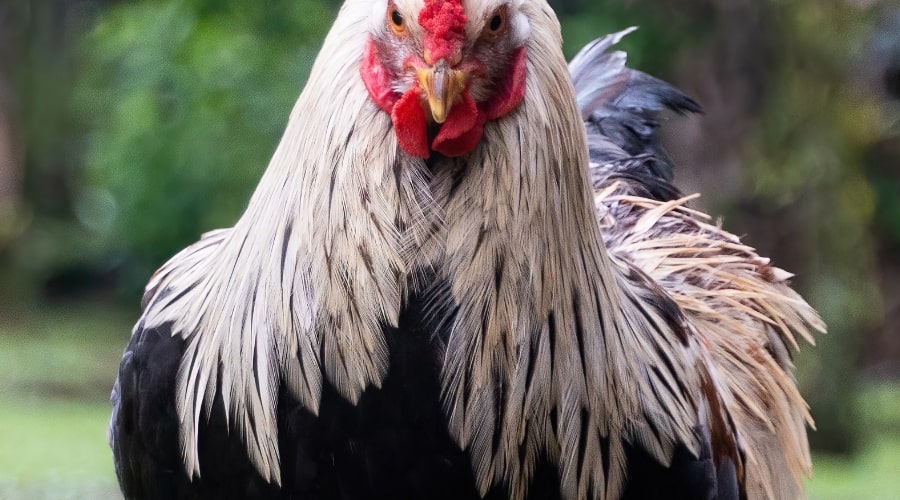Choosing the right poultry breed is one of the most important decisions for your farm. The breed you select determines productivity, management requirements, and profitability. This guide will walk you through how to make the best choice for your farming needs.
Identify Your Farming Goals
Start by clarifying your goals. Are you planning to focus on egg production, meat production, or both? Each goal aligns with specific breeds. For instance, layers excel in egg production, while broilers are better for meat. Dual-purpose breeds can do both but may not excel at either compared to specialized breeds.
Think about your target market. If you plan to sell organic eggs or free-range chicken, some breeds are better suited. Research your local demand to understand what consumers prefer.
Understand the Climate and Environment
Your local climate plays a big role in choosing the right breed. Some breeds thrive in hot climates, while others are more suited for cold weather. For example, Leghorns are heat-tolerant, while Rhode Island Reds adapt well to various climates.
Consider your housing setup and available space. If you’re using free-range or semi-intensive systems, look for breeds that are good foragers and hardy. Intensive systems can handle breeds that require more care.
Evaluate Productivity and Growth Rates
Compare the productivity of different breeds based on your goals. For egg production, breeds like White Leghorns and ISA Browns lay more eggs annually. Broilers like Cornish Cross grow faster and reach market weight within six to eight weeks [TO BE VERIFIED].
Dual-purpose breeds, such as Plymouth Rocks, grow at a moderate pace and produce a decent number of eggs. While not as specialized, they’re ideal for smaller farms looking for flexibility.
Assess Health and Disease Resistance
Choose breeds known for their disease resistance, especially if you’re in an area prone to specific poultry illnesses. Hardy breeds require less medical intervention, saving you time and money. For example, Sussex and Australorp are generally healthy and low-maintenance.
Invest in vaccinated chicks from reputable hatcheries to reduce disease risks. Ask the supplier about the breed’s resistance to common issues like respiratory infections or mites.
Calculate Costs and Return on Investment
Factor in the initial cost of chicks, feed requirements, and housing needs. High-yield breeds may cost more initially but offer better returns in terms of egg or meat production. For instance, ISA Browns have higher feed conversion efficiency, making them cost-effective for egg farming.
If you’re on a tight budget, consider local or indigenous breeds. They’re often cheaper and well-adapted to the local environment, though they may have lower productivity.
Popular Poultry Breeds to Consider
Here are some common poultry breeds to guide your selection:
- White Leghorn: Excellent layers, producing up to 300 eggs annually. Ideal for commercial egg production.
- Cornish Cross: Fast-growing broilers, reaching market weight quickly. Best for meat production.
- Rhode Island Red: Dual-purpose, hardy, and adaptable to various climates.
- ISA Brown: High egg yield with good feed efficiency, perfect for large-scale farms.
- Australorp: Reliable layers and good foragers, suitable for free-range setups.
Testing and Adjusting Your Choice
Start small with a test batch. Raise a few birds of the selected breed to observe their performance. Monitor growth rates, egg production, and health under your farm conditions. This trial run helps identify any unexpected challenges.
Evaluate whether the breed meets your expectations and fits your management style. If not, consider alternative breeds or adjust your setup to better support the current choice.
Finalizing Your Decision
Once you’ve tested and evaluated, scale up gradually. Build your flock with high-quality stock from reputable sources. Stay consistent with your goals and keep monitoring performance as you expand.
Choosing the right breed is a step toward success. By matching your choice to your goals and resources, you’ll build a strong foundation for a thriving poultry farm.


